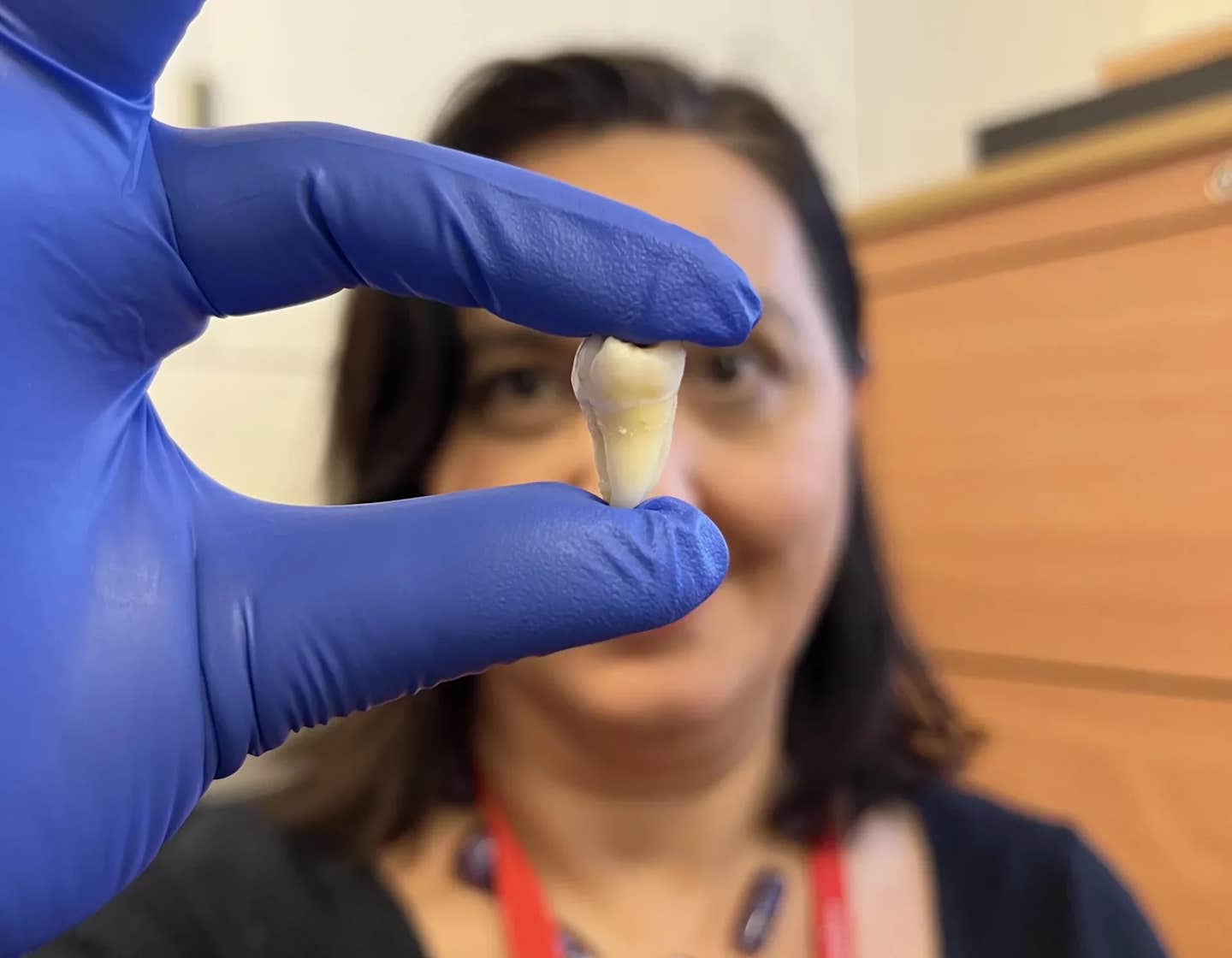Digital marketing improves product recall compliance, providing new tool to enhance consumer safety
There were 786 automotive recalls in the United States in 2020 alone, affecting close to 32 million vehicles.

[August 3, 2021: American Marketing Association]
Researchers from The Pennsylvania State University and the University of South Carolina published a new paper in the Journal of Marketing that examines a digital marketing campaign’s impact on improving low consumer recall completion rates.
The study, forthcoming in the Journal of Marketing, is titled “Regulating Product Recall Compliance in the Digital Age: Evidence from the ‘Safe Cars Save Lives’ Campaign” and is authored by Sotires Pagiavlas, Kartik Kalaignanam, Manpreet Gill, and Paul D. Bliese.
There were 786 automotive recalls in the United States in 2020 alone, affecting close to 32 million vehicles. The National Highway Traffic Safety Administration (NHTSA), the U.S. automobile industry’s regulator, estimates that 40 percent of recalled vehicles on the road are unrepaired, creating a critical public safety issue. In 2014, concerns regarding automotive product recalls peaked, as defective Takata airbag inflators led to fatalities and hundreds of drivers being injured. The debacle’s scope led to a record-breaking 63 million vehicles recalled in 2014 and 51 million in 2015 in the U.S.
Against this backdrop, this study focuses on a digital marketing campaign the NHTSA launched in January of 2016 to improve low consumer recall completion rates in the wake of mounting challenges. The “Safe Cars Save Lives” campaign was a nationwide digital marketing campaign that sought to push consumers to use the NHTSA’s recall lookup webpage. It used both paid search and online display advertisements to encourage consumers to check for open recalls using the webpage and then fix defective vehicles quickly.
The research team finds that the “Safe Cars Save Lives” campaign increased the number of vehicles fixed, on average, by 20,712 per non-airbag-related recall above what was to be expected without the digital marketing campaign in the first four calendar quarters it was active. The positive impact of the campaign was even greater for airbag inflator-related recalls. This finding is economically meaningful because improving recall compliance in the automobile industry has been shown to reduce the number of accidents on the road and thereby lower the economic costs of vehicle accidents. Even though the automobile industry receives considerable media attention, getting consumers to pay attention to recall notifications is challenging. The study provides evidence that a lack of available relevant information is a significant contributing factor to low consumer recall compliance, an issue that the “Safe Cars Save Lives” campaign addressed directly.
Second, the study finds that media coverage of a recall by the popular press improved the effectiveness of the digital marketing campaign. Although recent work notes that manufacturers view greater media coverage of a recall as damaging to their brands’ financial health, Pagiavlas says that “We found that media coverage contributed to improving safety outcomes by increasing the effectiveness of the digital marketing. In other words, the digital marketing campaign was more impactful for recall campaigns that received greater media coverage, suggesting that these two media formats can work synergistically to improve consumer recall compliance.”
Third, the digital marketing campaign’s positive impact on consumer recall compliance was even stronger when recalled vehicles were older. According to J.D. Power, just 44% of vehicles manufactured between 2003 and 2007 had their defects remedied, drastically below the recall completion percentage of 73% for vehicles of model years between 2013 and 2017. Federal and industry leaders have cited improving compliance among owners of older vehicles as one of four key topic areas to address moving forward. As Kalaignanam says, “The digital marketing campaign’s effectiveness on owners of older vehicles further suggests that regulators’ use of digital tools to facilitate consumer access to relevant information could improve compliance.”
Finally, our findings caution regulators to be mindful of the time inconvenience consumers face in repairing their defective vehicles as a serious impediment to their recall compliance. While the campaign was effective at improving compliance, its impact was lower for recall campaigns with defective components that required more time to repair. Although consumers often do not cite the time needed to complete a repair as the most important factor in deciding whether to remedy safety defects, as Gill explains, “Our findings suggest that time-related inconvenience is a serious obstacle to achieving consumer compliance.”
These findings should enable regulatory agencies to make more compelling cases for financial resources devoted to digital marketing initiatives seeking to improve consumer recall compliance. Providing consumers with relevant information in an easy-to-access way can increase their awareness of important recall-related issues and ultimately contribute to improved compliance. Bliese states that “Improved recall compliance can thereby reduce the number of accidents and deaths stemming from unaddressed product recalls.”
Like these kind of feel good stories? Get the Brighter Side of News' newsletter.
Tags: #New_Discoveries, #Business, #Marketing, #Safety, #The_Brighter_Side_of_News
Joshua Shavit
Science & Technology Writer | AI and Robotics Reporter
Joshua Shavit is a Los Angeles-based science and technology writer with a passion for exploring the breakthroughs shaping the future. As a contributor to The Brighter Side of News, he focuses on positive and transformative advancements in AI, technology, physics, engineering, robotics and space science. Joshua is currently working towards a Bachelor of Science in Business Administration at the University of California, Berkeley. He combines his academic background with a talent for storytelling, making complex scientific discoveries engaging and accessible. His work highlights the innovators behind the ideas, bringing readers closer to the people driving progress.



